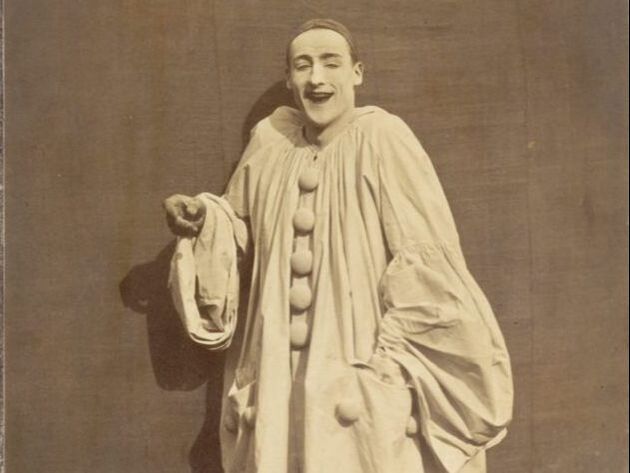5 Reasons to Invite you to Invitation to the Dance
BY NANCY LORENZ
This post is part of the series 5 Reasons You Should Watch..., which encourages fans to explore Gene Kelly's lesser-known movies and TV appearances.
This post is part of the series 5 Reasons You Should Watch..., which encourages fans to explore Gene Kelly's lesser-known movies and TV appearances.
